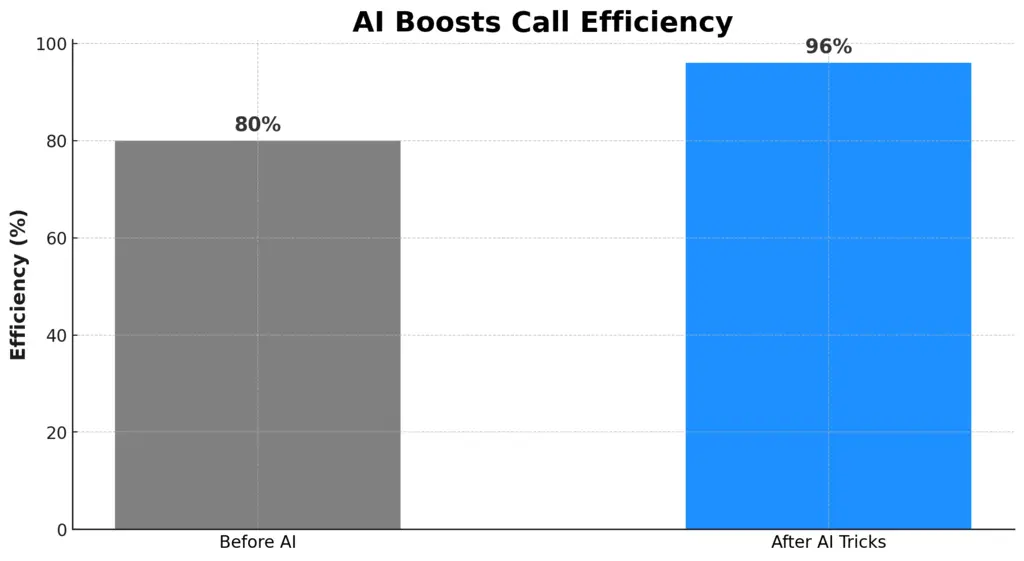The Ultimate Guide to AI BDR
Managing a call center for years teaches one thing fast: sales and customer support thrive on efficiency and connection. Today, call centers are witnessing a massive change after introducing AI... The post The Ultimate Guide to AI BDR appeared first on Bigly Sales.

Managing a call center for years teaches one thing fast: sales and customer support thrive on efficiency and connection. Today, call centers are witnessing a massive change after introducing AI BDR (Artificial Intelligence Business Development Representative).
Here, you’ll learn what an AI BDR is, how it works, and why it’s becoming a must-have for sales teams. Expect clear breakdowns, real-world insights, and practical tips to make sense of this tech revolution.
What Is an AI BDR?
An AI BDR, short for Artificial Intelligence Business Development Representative, is a tech tool that automates the grunt work of finding and engaging potential customers. Think of it as a tireless digital assistant that handles the early stages of sales—prospecting, outreach, and lead qualification—without needing a lunch break.
Unlike a human business development representative, who spends hours researching leads or crafting emails, an AI BDR uses smart algorithms to do it faster and at scale.
Picture this: a call center buzzing with reps dialing leads, half of whom aren’t a fit. An AI BDR steps in, scans data, and pinpoints the right prospects before making the first call. It’s not here to replace people but to make their jobs easier.
By crunching numbers and spotting patterns, human reps can focus on what machines can’t: building trust and sealing the deal.
How Does an AI BDR Work?
The magic of an AI BDR lies in its ability to mimic human tasks with speed and precision. It pulls data from everywhere—CRM systems, social media, emails, and company websites. Then, it analyzes that info to figure out who’s worth chasing. Machine learning kicks in, letting it learn from past wins and losses to get sharper over time.
Take email outreach as an example. Crafting a personalized message for 500 leads could take a human team days. An AI BDR does it in minutes, tailoring each one based on the prospect’s job title, industry, or recent activity—like a LinkedIn post they made last week. It tracks replies, flags hot leads, and schedules follow-ups while the human team sips coffee and plans the next move.
Natural Language Processing (NLP) plays a significant role, too. It helps the AI understand and respond to prospective messages in a way that feels human, not robotic. If a lead asks a question, the AI can reply instantly, keeping the conversation alive 24/7. The result? A sales pipeline that never sleeps.
Why Businesses Need an AI BDR
Sales isn’t what it used to be. Cold calling random numbers and hoping for a bite doesn’t cut it anymore. Prospects expect fast, relevant outreach, and teams are stretched thin. An AI BDR solves that by tackling the biggest pain points head-on.
First, it saves time. Researching leads manually is a slog—hours spent digging through LinkedIn or company sites. An AI BDR automates that, quickly delivering a list of qualified prospects. Second, it scales effort. One human rep can only reach so many people in a day. An AI BDR can hit thousands without breaking a sweat.
Then there’s consistency. Humans get tired, miss follow-ups, or send generic emails that land in the trash. An AI BDR keeps the ball rolling, every time with messages that hit the mark. A call center manager once saw a team double its outreach in a month after plugging in an AI tool—proof it’s not just hype.
Cost matters, too. Hiring more reps to grow the pipeline burns cash on salaries and training. An AI BDR plugs in fast, works non-stop, and doesn’t need a benefits package. For businesses chasing growth without bloating the budget, it’s a no-brainer.
Key Features of an AI BDR
What makes an AI BDR tick? It’s packed with tools that turn chaos into order. Here’s the rundown.
Lead Generation and Research
Finding the right people to sell to is half the battle. An AI BDR scours databases, social platforms, and public records to build targeted lead lists. It looks at firmographics—like company size or revenue—and behavior, like website visits, to spot who’s ready to buy.
Personalized Outreach
Generic emails scream, “delete me.” An AI BDR crafts messages that feel one-on-one, pulling in details like a prospect’s recent project or a company milestone. It’s like having a rep who knows every lead personally without the time sink.
Lead Qualification
Not every lead is worth chasing. The AI scores them based on fit—budget, need, and authority—and flags the best ones for the team. It’s a filter that keeps reps from wasting hours on dead ends.
Multi-Channel Engagement
Email is just the start. An AI BDR can also reach LinkedIn, SMS, or phone calls if paired with voice tech. It syncs efforts across channels, keeping prospects engaged wherever they hang out.
Analytics and Insights
Data drives decisions. The AI tracks open rates, replies, and conversions, showing what works and what flops. Teams can tweak strategies on the fly, leaning on complex numbers instead of gut feelings.
AI BDR vs. Human BDR: A Side-by-Side Look
Both AI and human BDRs aim to fill the pipeline, but they have different strengths. Here’s how they compare.
Humans shine at emotional connection. A prospect hesitating? A skilled rep reads the room, adjusts the pitch, and builds rapport—stuff AI can’t touch. Cultural nuances or tricky objections? Humans handle those with finesse.
AI, though, wins on speed and scale. It processes thousands of leads while a human’s still on the first dozen. No fatigue, no off days—just relentless output. It’s also cheaper in the long term, dodging hiring and turnover costs.
The real win? Pairing them. Let AI handle the heavy lifting—research, outreach, qualification—while humans step in for the personal touch.
Benefits of Using an AI BDR
The perks of an AI BDR go beyond saving time. They reshape how sales teams operate.
Efficiency jumps through the roof. Tasks that used to take hours now take minutes, letting teams hit bigger goals. Outreach gets a boost, too—personalized messages reach more people, driving higher response rates. One startup saw open rates climb 30% after switching to AI-driven emails.
Lead quality improves. The AI’s knack for spotting winners means reps talk to prospects who fit, not just warm bodies. Costs drop as well—there is no need to onboard a dozen new hires when one tool scales the workload.
Plus, it’s always on. The AI keeps engaging leads on nights, weekends, and holidays, catching opportunities humans might miss. For businesses, it’s like adding a shift without paying overtime.
Challenges and Limitations of an AI BDR
No tool is perfect, and AI BDRs have their hiccups. Data is the big one. Feed it junk—outdated lists or bad info—and it spits out garbage. A clean, verified database is necessary, or it’s reaching ghosts.
Emotional intelligence? Forget it. AI can’t read a prospect’s tone or pivot mid-conversation like a human can. Complex sales with long cycles still need that human spark. The setup takes effort—tweak it wrong, and it sends off-target emails.
The cost can sting upfront, too. Small teams might balk at the price tag, though it pays off as volume grows. The trick? Start smart, test it, and scale once the kinks are ironed out.
How to Implement an AI BDR in Your Business
Ready to bring an AI BDR on board? Here’s the playbook.
Start with goals. Do you want more leads? Faster follow-ups? Define what success looks like—say, 50 qualified meetings a month. Next, pick a tool that fits. Options like Klenty or Salesforge offer solid AI BDR features—check their demos to see what clicks.
Data is the fuel. Clean up the CRM, verify emails, and load it with fresh info. Train the AI on the ideal customer profile—industry, size, and pain points—so it targets the right crowd. Test small first. Run a pilot campaign, track results, and adjust. Are replies up? Leads better? Tweak as needed.
Loop in the team. Show reps how it saves them time, not steals their jobs. Pair it with their strengths—let AI qualify, and they close. Monitor the numbers weekly. If outreach doubles and costs hold steady, it’s working.
Top AI BDR Tools to Consider
The market’s buzzing with options. Here’s a quick look at some standouts.
Klenty nails multi-channel outreach—email, LinkedIn, calls—with AI that personalizes at scale. Reply.io focuses on smart sequences, learning from responses to boost engagement. Artisan Ava digs through 300 million leads, crafting custom messages that hit home.
Salesforge adds a spam checker to keep emails inbox-bound, while CallHippo’s AI voice tackles calls and chats. Bigly Sales, meanwhile, shines for small to medium-sized businesses, such as realtors, call centers, the health industry, etc., using AI voice to handle hundreds of calls daily and automate marketing emails. Each tool’s got its edge—match it to the team’s needs.
The Future of AI BDR in Sales
AI BDRs aren’t standing still. They’re getting smarter, fast. Chatbots already hold real conversations, not just canned replies. Bigly’s voice agents answer calls with a human-like tone, freeing reps for bigger fish.
Predictive analytics is the next wave. AI will forecast who’s likely to buy based on past data, letting teams strike at the perfect moment. Human BDRs won’t vanish as predictive analytics evolves—they’ll shift to strategy and relationships, leaning on AI for the grind.
In five years, expect AI BDRs to run entire outbound campaigns, from lead gen to first meetings, with humans stepping in only to close. The sales floor’s changing, and it’s all about working smarter.
Tips for Maximizing Your AI BDR
To squeeze the most out of an AI BDR, keep it simple. Feed it clean data—verify emails and update records. Set clear rules—target this industry, skip that one—so it doesn’t waste shots.
Test and tweak constantly. If replies dip, adjust the tone or timing. Pair it with human oversight—let reps review key messages for that personal edge. And track everything. Open rates, meetings booked, deals closed—data shows where to push harder.
AI BDRs are necessary for businesses aiming to thrive in a competitive landscape. By automating prospecting, personalizing outreach, and leveraging real-time analytics, these tools empower teams to focus on what truly matters: building relationships and driving growth. Start piloting a tool like Bigly Sales or Typeface.ai, refine your strategy with A/B testing, and watch your sales pipeline transform.
FAQs About AI BDR
What’s the difference between an AI BDR and a human BDR?
An AI BDR automates research, outreach, and qualification with speed and scale. A human BDR brings emotional smarts and relationship skills AI can’t match. Together, they’re unstoppable.
Can an AI BDR replace my sales team?
Not fully. It handles the early grind—finding leads, sending emails—but closing deals needs human finesse. It’s a teammate, not a takeover.
Can AI BDRs Replace Human Sales Teams?
No. They handle repetitive tasks, freeing reps to focus on closing deals and relationship-building.
How Accurate Is AI Lead Scoring?
Accuracy ranges from 85–90% when trained on quality historical data.
Is AI BDR Secure?
Reputable providers encrypt data and comply with global privacy laws like GDPR.
What’s the ROI of Implementing AI BDR?
Companies report a 60% reduction in cost per lead and a 30% increase in conversion rates within six months.
The post The Ultimate Guide to AI BDR appeared first on Bigly Sales.





















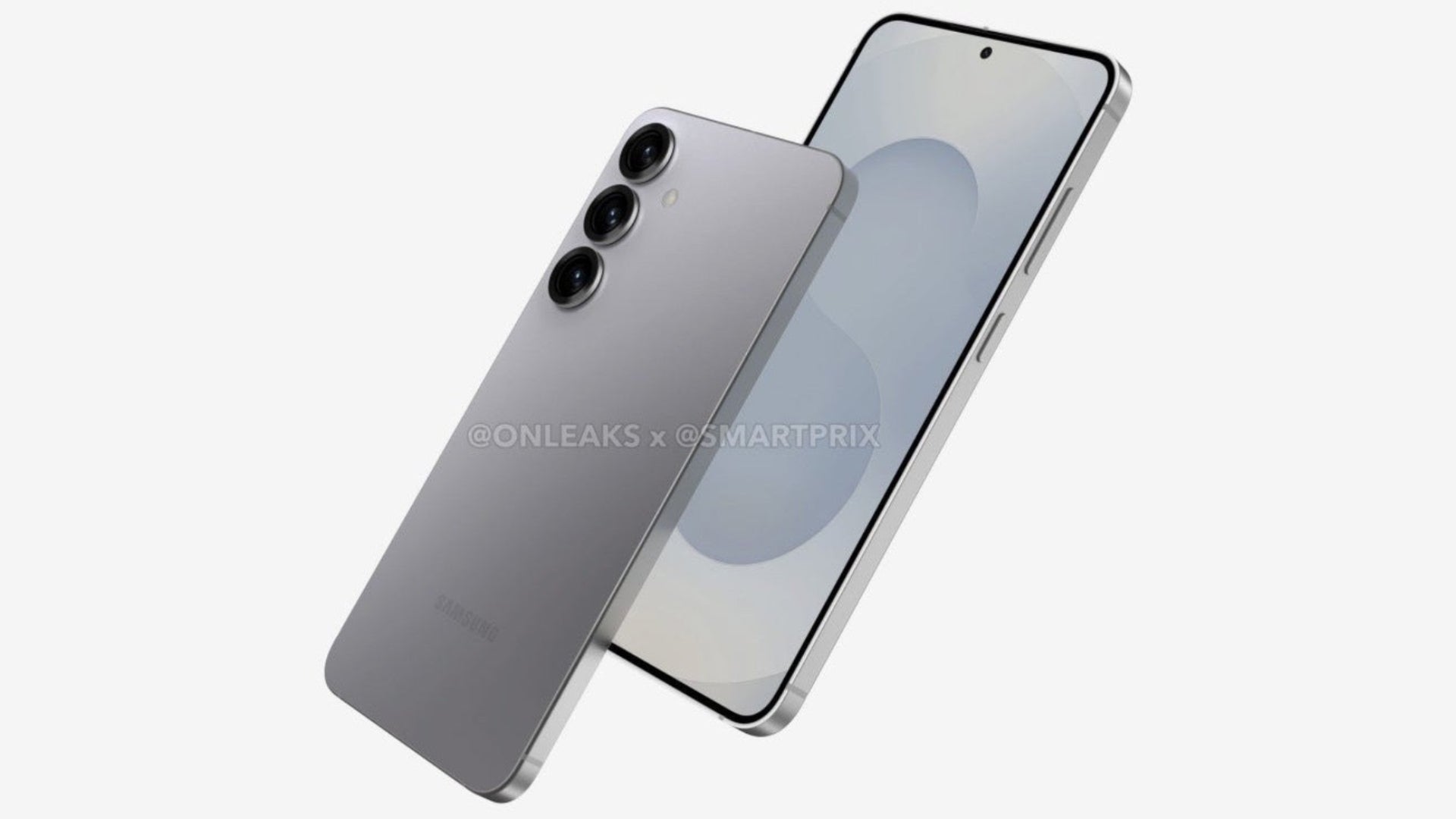
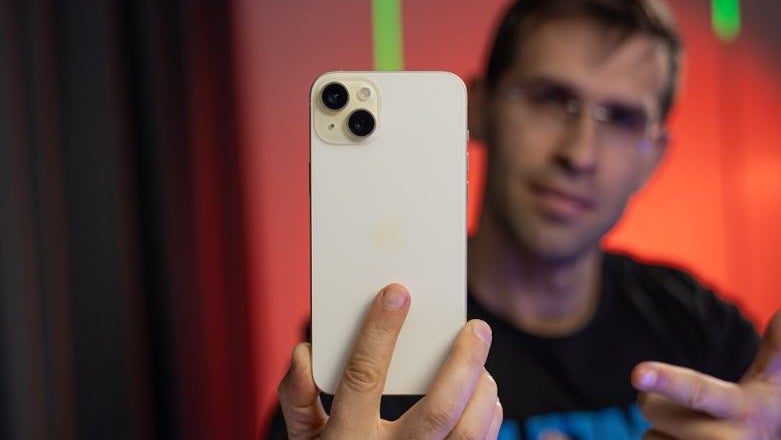





























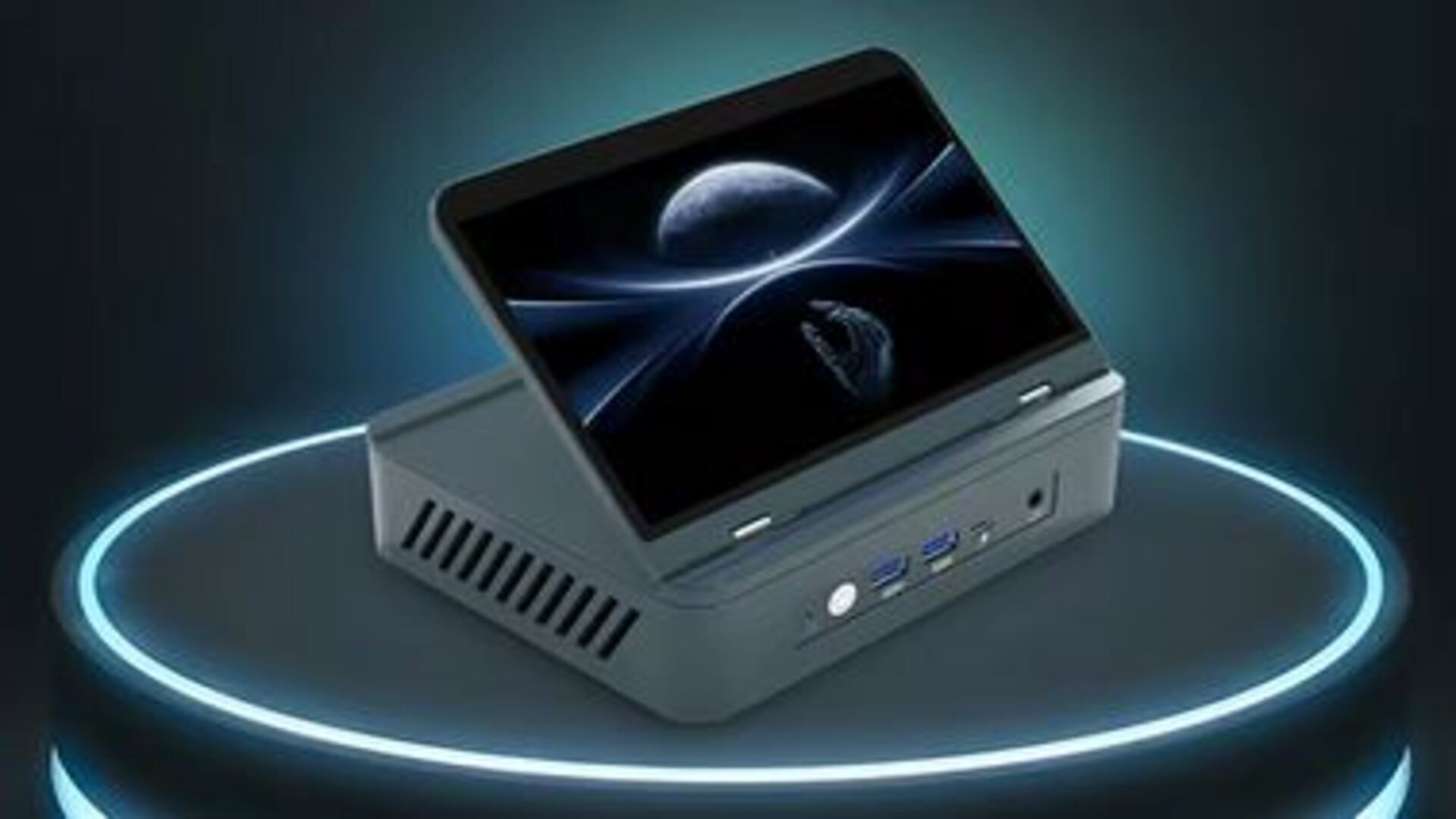
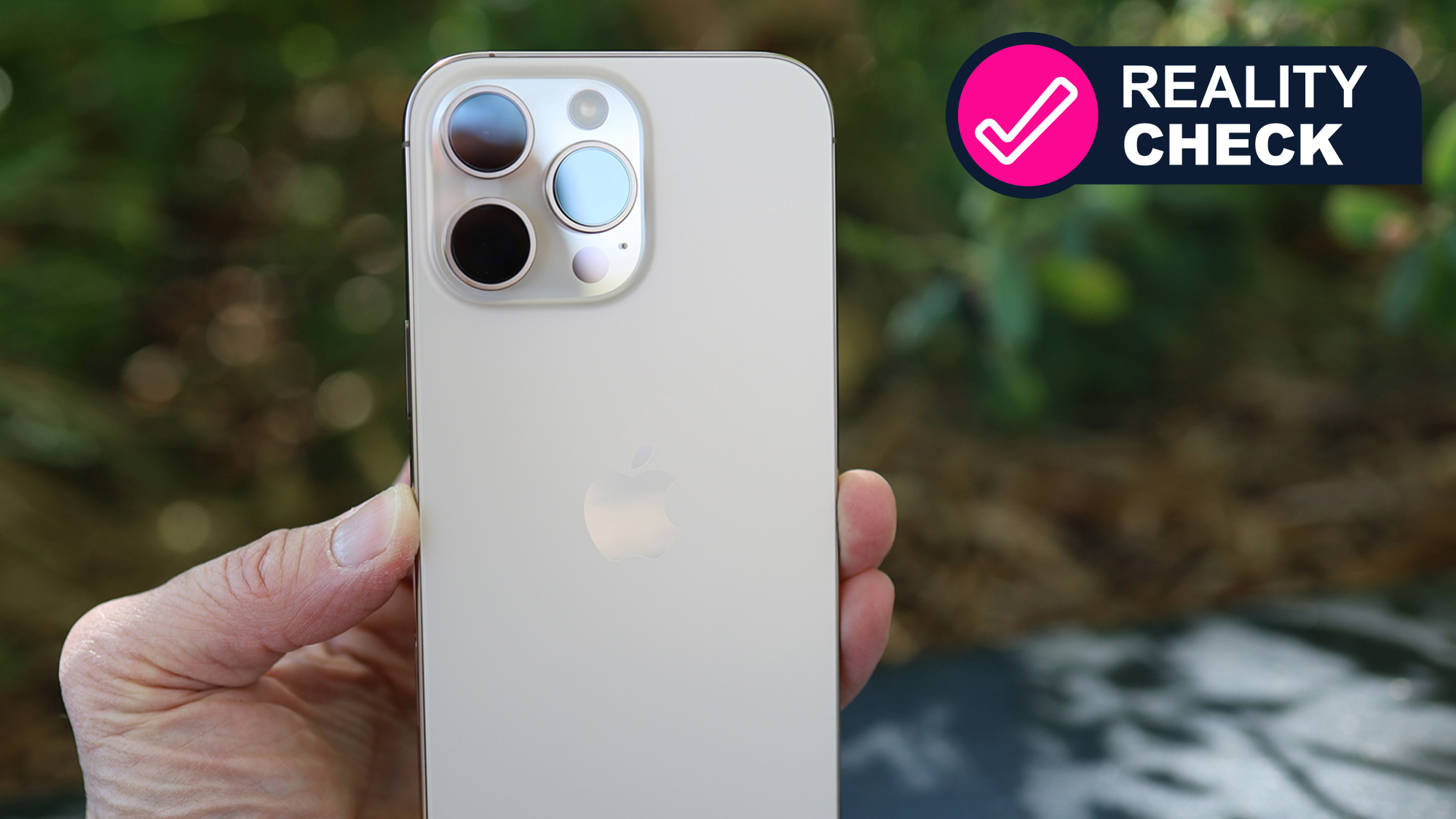
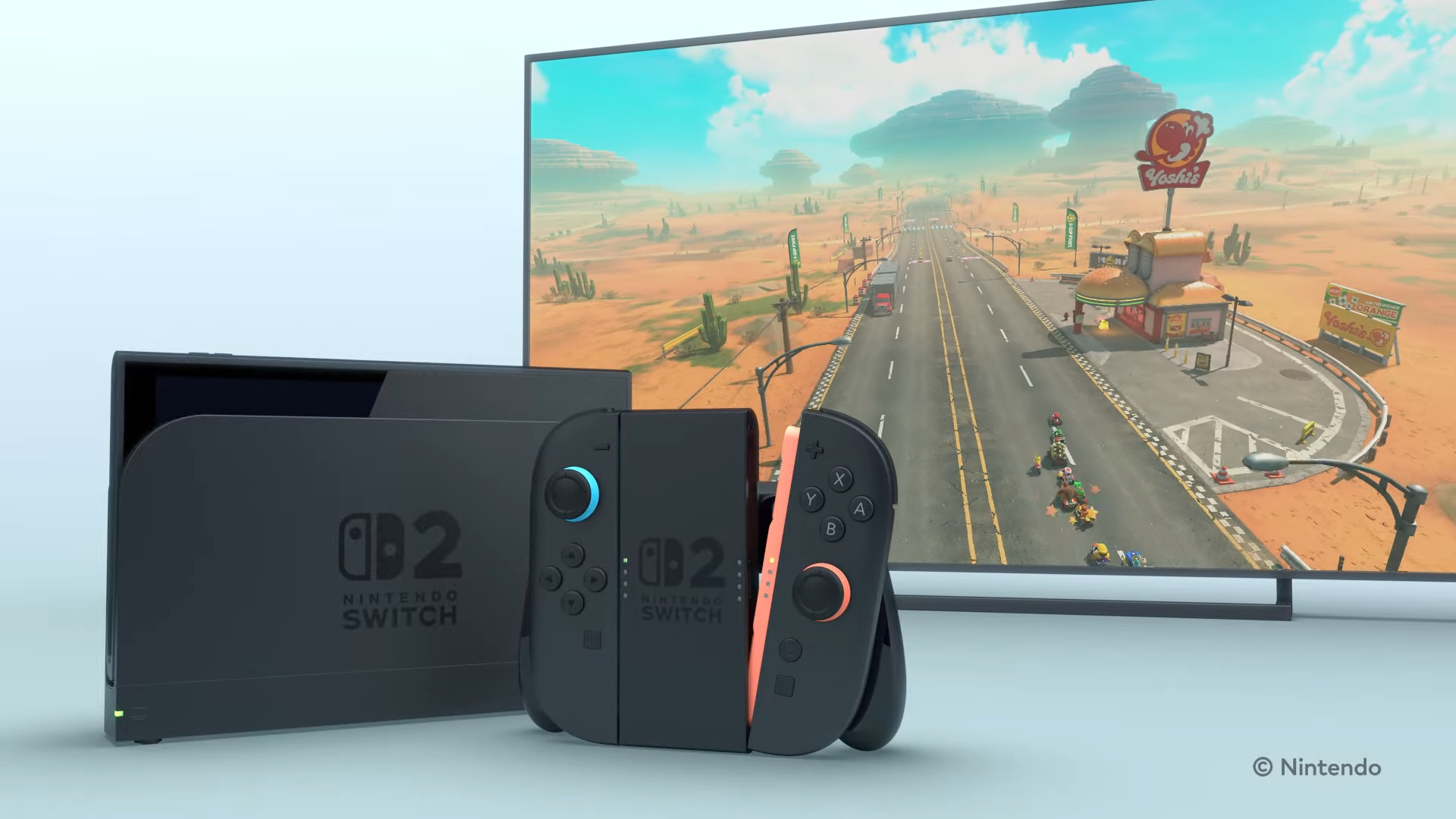
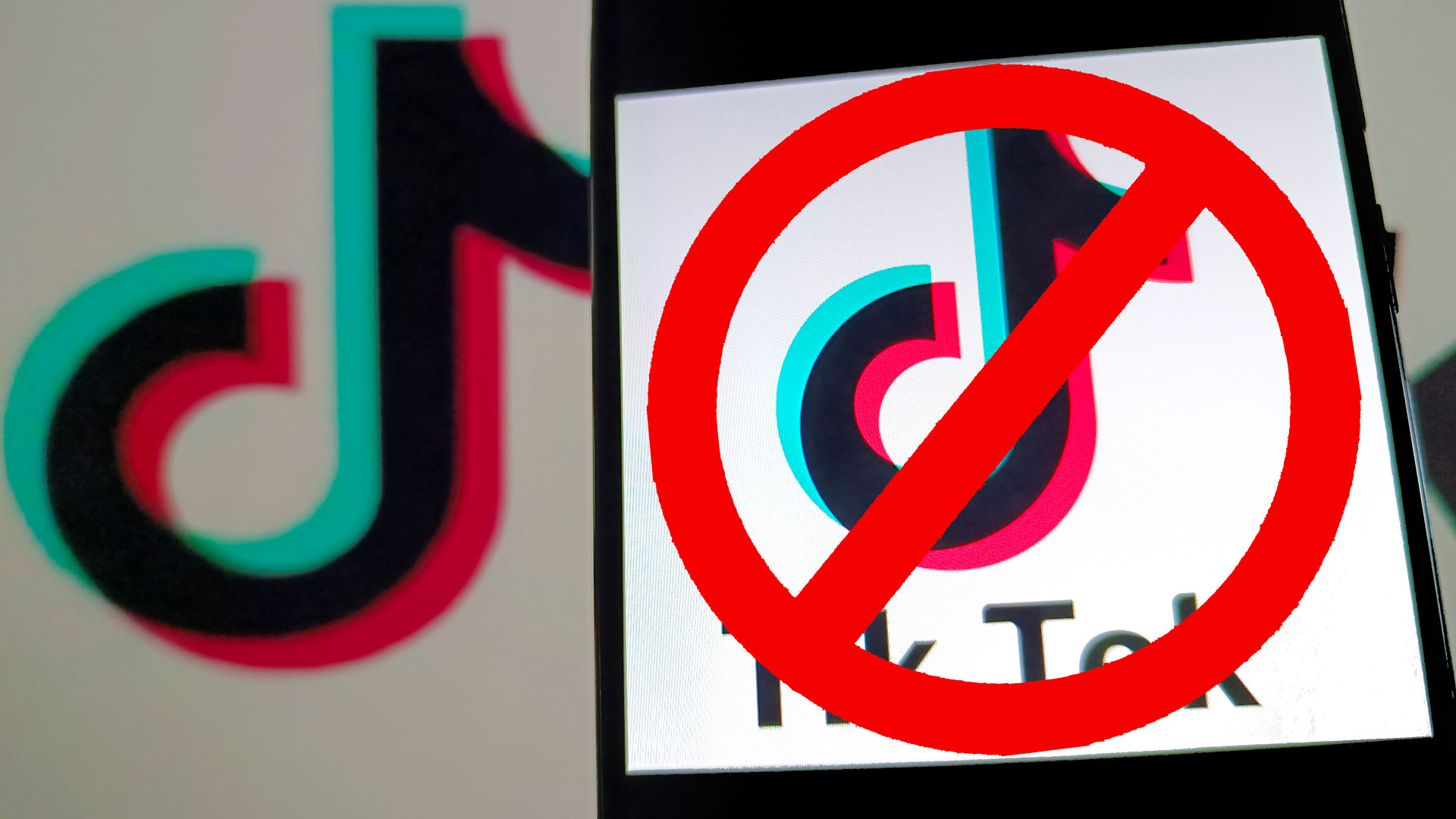
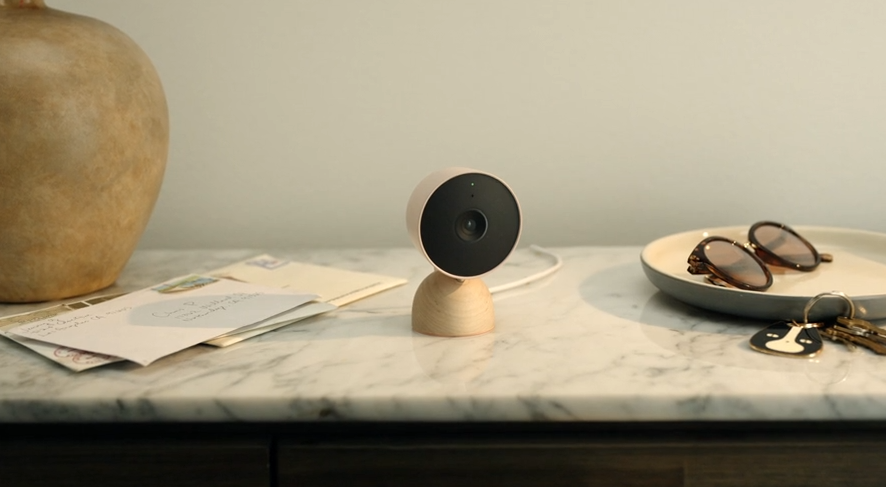
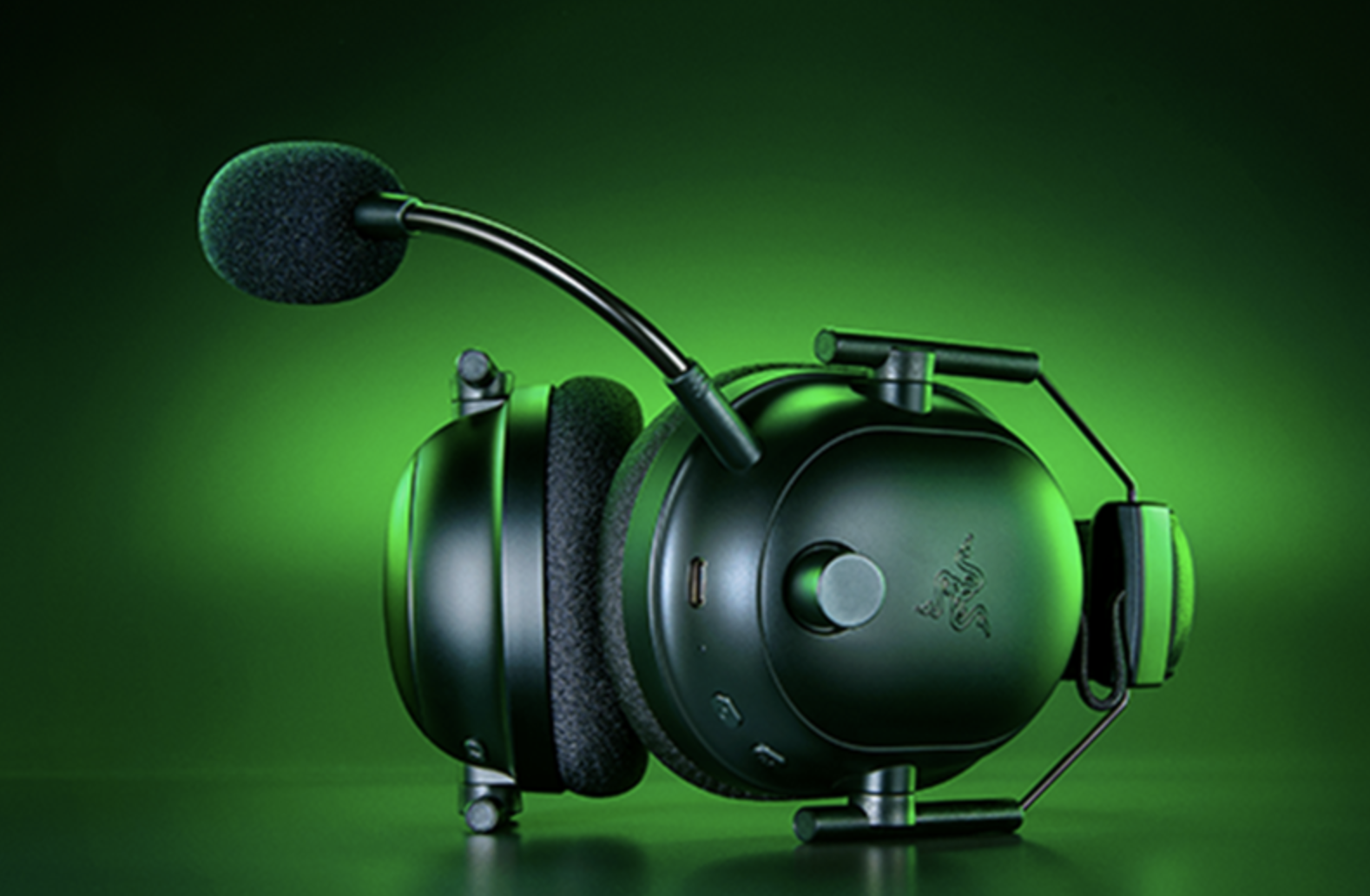










![Rapidus in Talks With Apple as It Accelerates Toward 2nm Chip Production [Report]](https://www.iclarified.com/images/news/96937/96937/96937-640.jpg)





























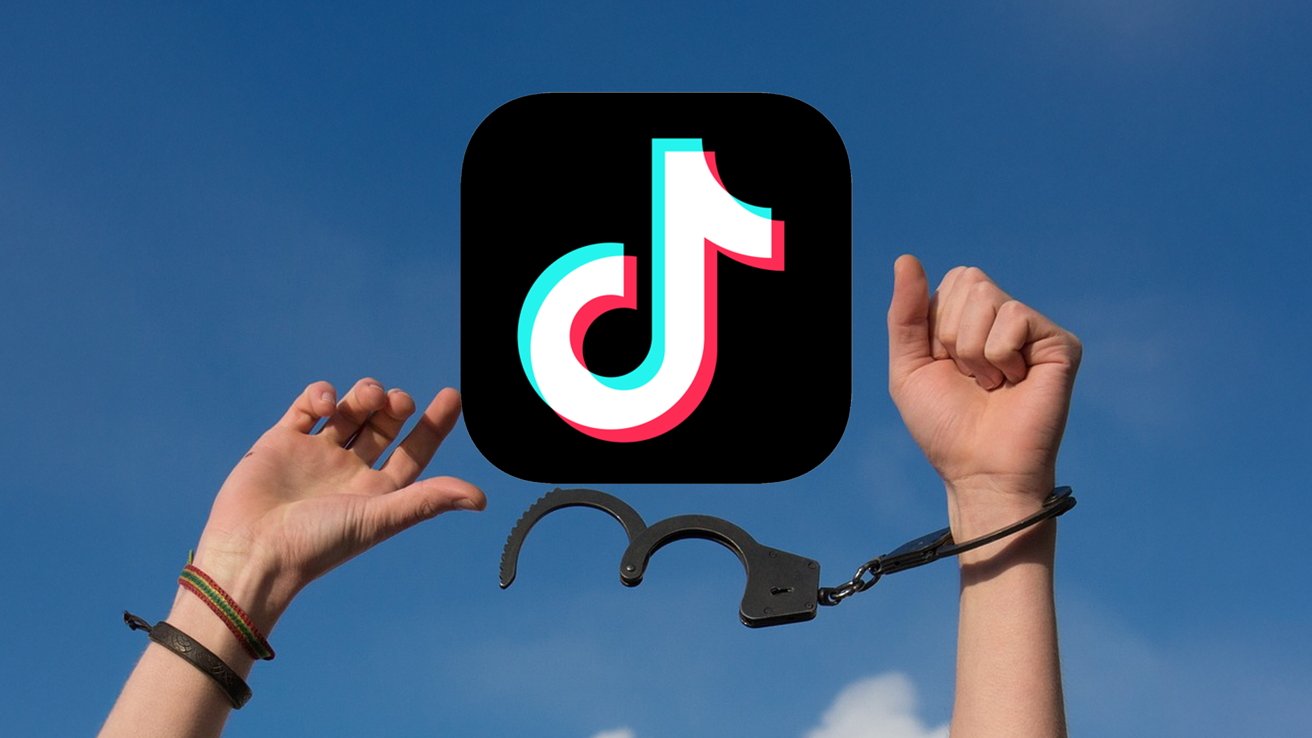



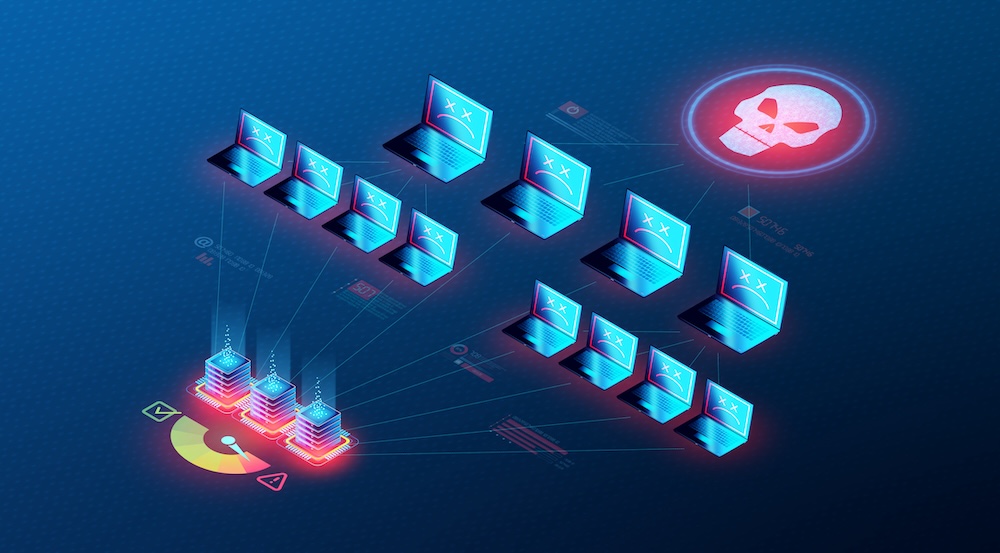



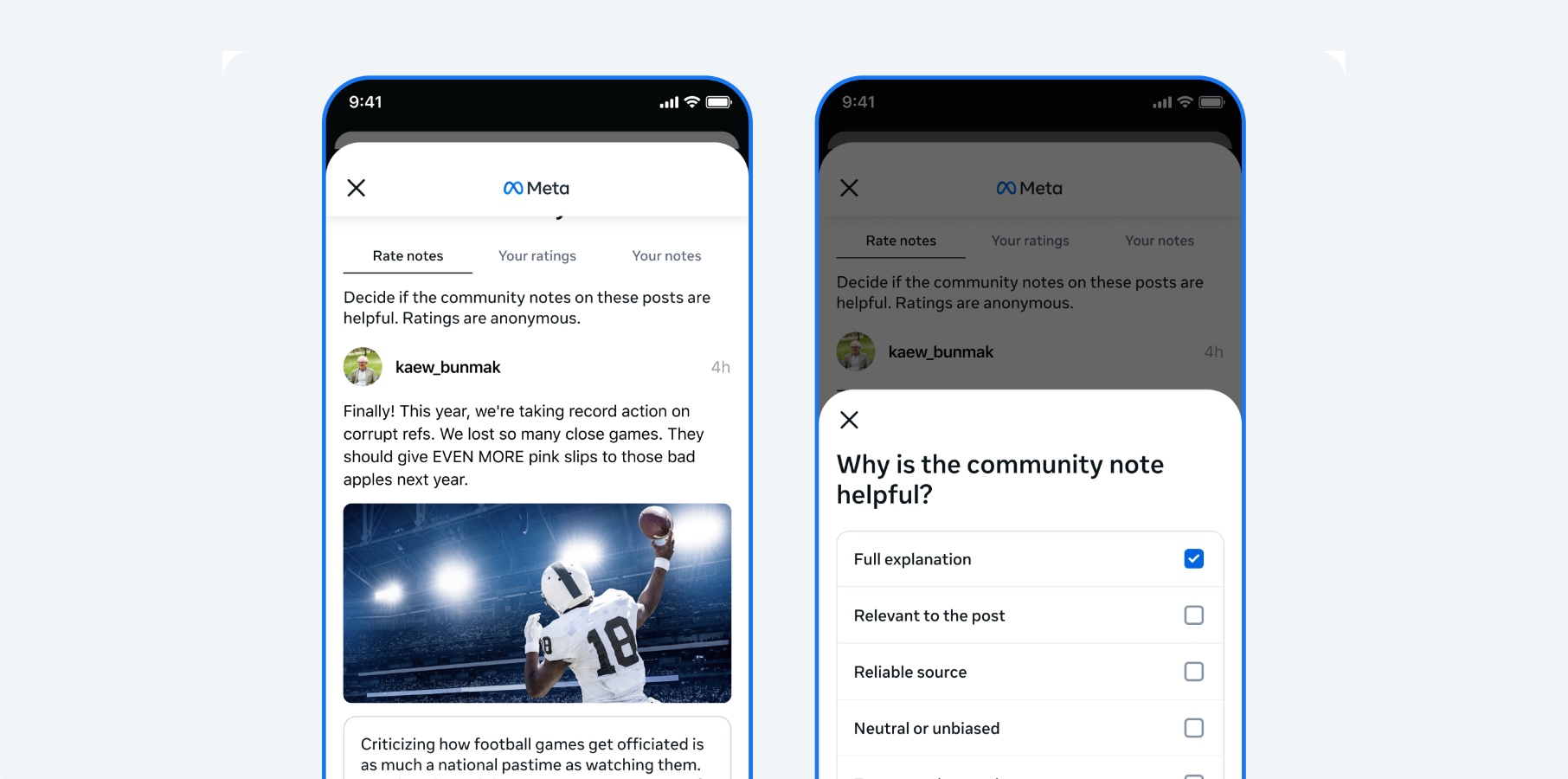
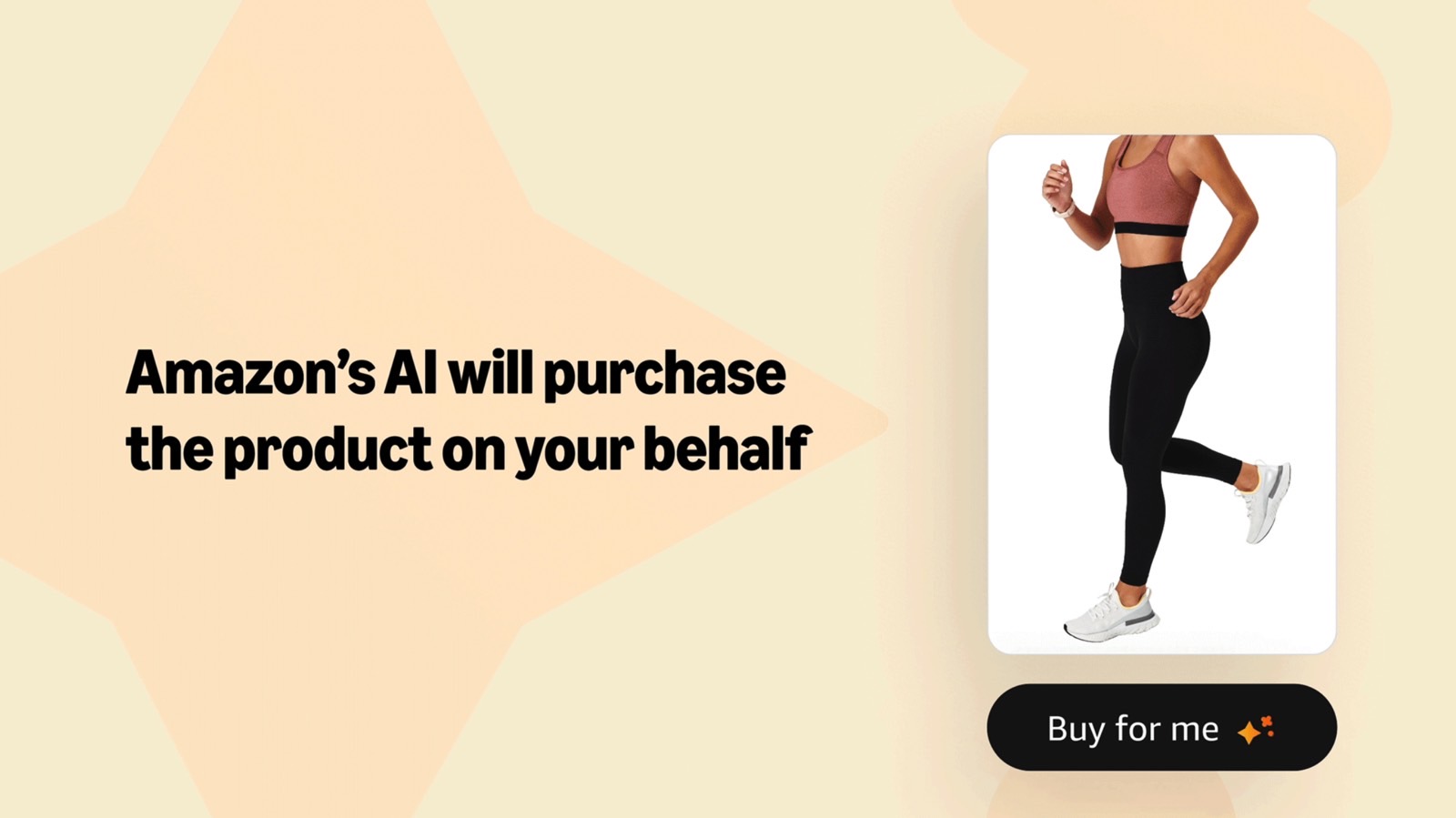




































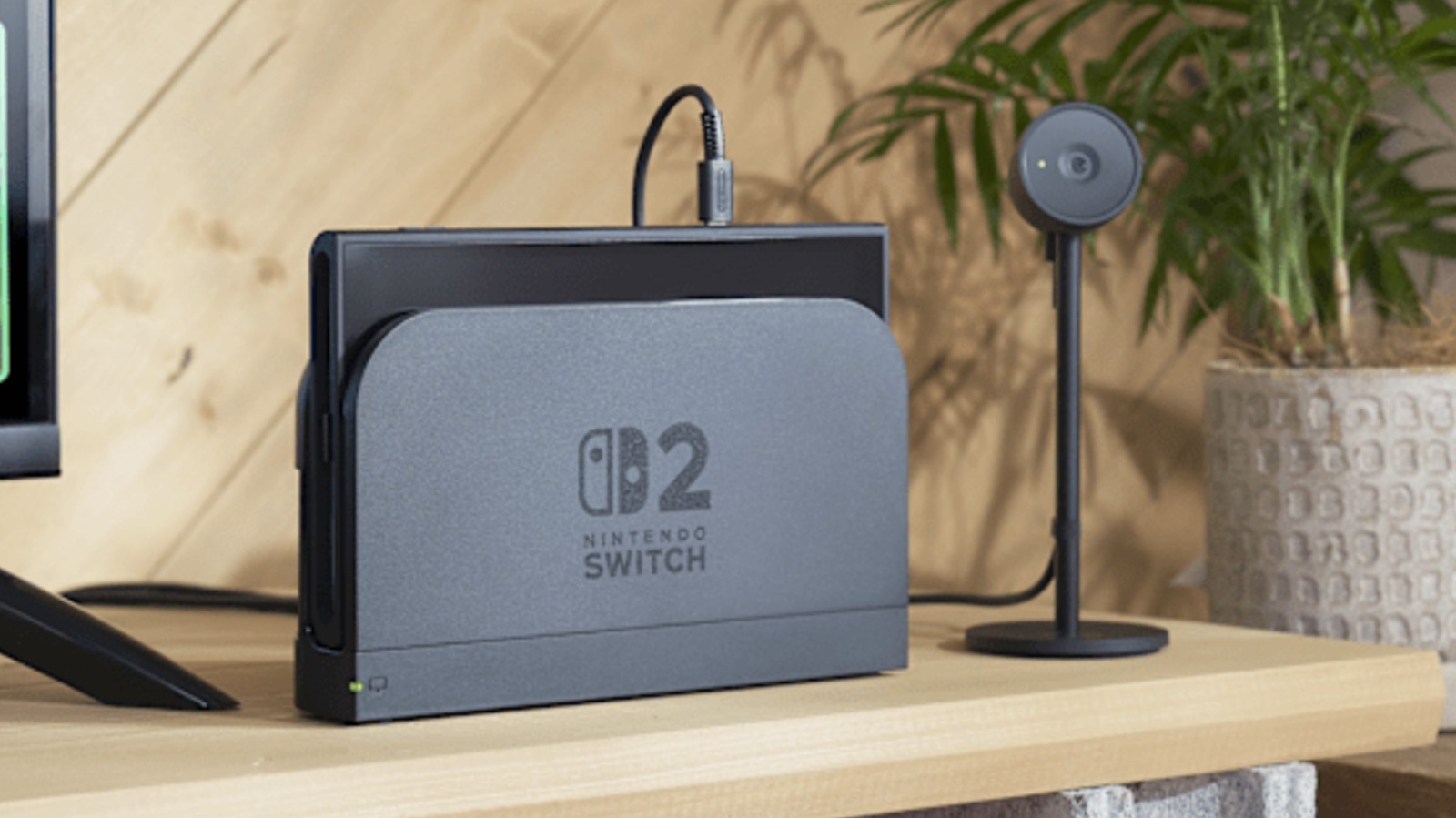

































.webp?#)
_Christophe_Coat_Alamy.jpg?#)








































































![[The AI Show Episode 142]: ChatGPT’s New Image Generator, Studio Ghibli Craze and Backlash, Gemini 2.5, OpenAI Academy, 4o Updates, Vibe Marketing & xAI Acquires X](https://www.marketingaiinstitute.com/hubfs/ep%20142%20cover.png)























































































![From drop-out to software architect with Jason Lengstorf [Podcast #167]](https://cdn.hashnode.com/res/hashnode/image/upload/v1743796461357/f3d19cd7-e6f5-4d7c-8bfc-eb974bc8da68.png?#)

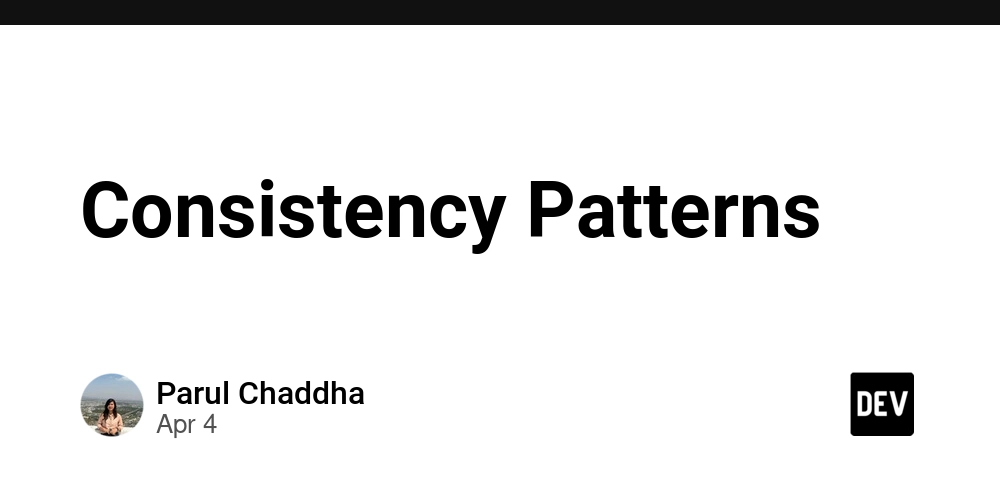







































































-Nintendo-Switch-2-–-Overview-trailer-00-00-10.png?width=1920&height=1920&fit=bounds&quality=80&format=jpg&auto=webp#)




























































